Alaska lost 1.4 cubic miles of ice annually between 2010 and 2020, according to a new study.
The Juneau Icefield, which extends about 3,900 square kilometers from N. -western British Columbia to southeastern Alaska, consists of more than a thousand glaciers, and has existed for millennia. But now, more than ever, the longevity of this landscape is under threat.
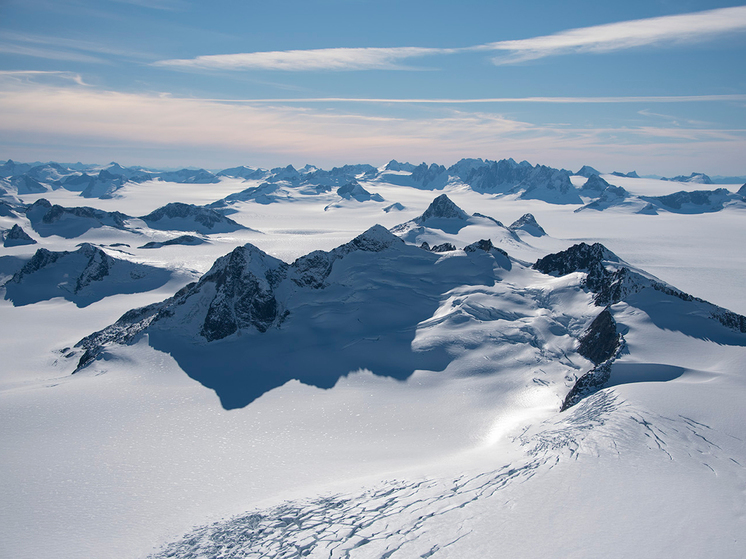
A new study highlights the unprecedented and accelerating melting of the Alaska ice field. Its snow-covered area is shrinking 4.6 times faster than it was before the 1980s, and it lost an estimated 1.4 cubic miles of ice per year between 2010 and 2020, according to climate scientists. Now melt water flows from the ice field at a speed of 50 thousand gallons per second, reports the Associated Press.
Amid man-made climate change caused by carbon dioxide emissions from burning fossil fuels, the Arctic is warming nearly four times faster than anywhere else in the world. In Alaska itself, the average temperature has increased by 2.6 degrees since 1980.
«If we reduce carbon emissions, we have more hope of preserving these wonderful ice masses, — says glaciologist Bethan Davis. — The more carbon we add, the greater the risk of irreversible and complete removal.»
Since the late 18th century, which saw a period of global cooling and glaciation known as the Little Ice Age, a quarter of the ice field's total volume has melted. But in recent years, the rate of that melting has accelerated rapidly, a trend that is “incredibly alarming.”
Between 1948 and 2005, only four glaciers in the ice field melted completely. But between 2005 and 2019, another 64 glaciers melted, including Antler Glacier.
This acceleration may be facilitated by several communication cycles in which melting leads to further melting. For example, thinner ice warms up more easily. And the dark-colored rocks exposed by melting glaciers can retain more heat than white snow, causing the snow to liquefy even more.
«The feedback processes this sets in motion are likely to prevent it from happening again. growth of glaciers in the future, which may lead to irreversible decline of glaciers beyond the critical point,” — states Davis.
To complete the study of how the ice field is changing, the team analyzed historical and modern aerial photographs, past glacier records, satellite imagery and geomorphological mapping.
«The creation of this archive of photographs collected 70 and 50 years ago was It's like putting together the most difficult puzzle in the world, — notes ecologist Robert McNabb. — But the quality of the images allowed us to reconstruct for the first time the relief of the ice field in the pre-satellite era.»
Some of the differences identified in the study are also visible to the naked eye. Ecologist Mauri Pelto first visited the ice field more than four decades ago — as a competitive skier.
«In 1981, getting on and off the glacier was not that difficult, — Pelto tells The Associated Press. — You just went up and you could ski down to the base or hike down right off the edge of these glaciers. However, lakes have now formed at the edges of glaciers due to melted snow, and new cracks could pose a danger to skiers.
The team found that between 1770 and 2019, every glacier in the ice field retreated, resulting in which created at least 50 new lakes.
A study published in 2023 shows that even if global temperature increases remain below the warming threshold of 1.5 degrees Celsius compared to pre-industrial temperatures, approximately 104 thousands of glaciers — or about half of the total number of glaciers in the world — may disappear by the end of the century.







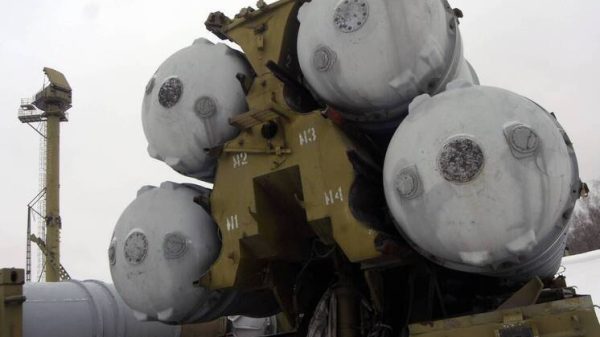

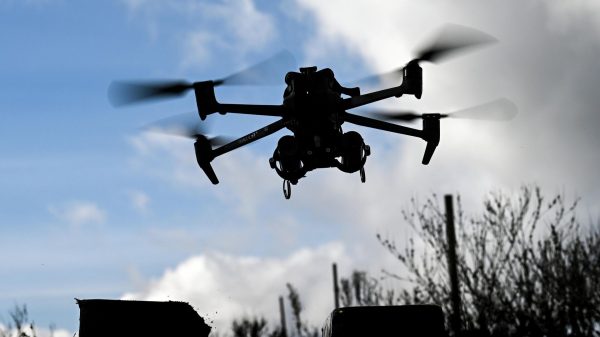







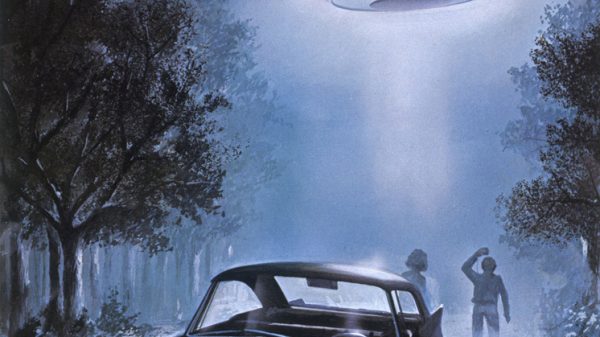
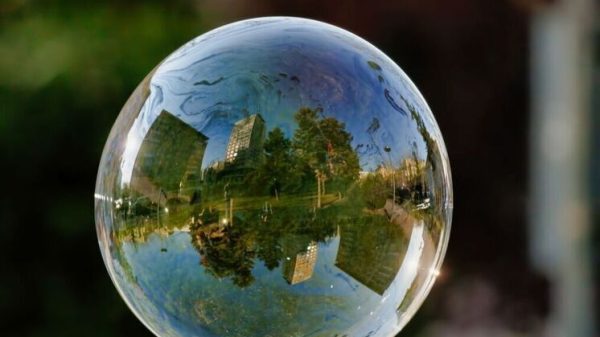

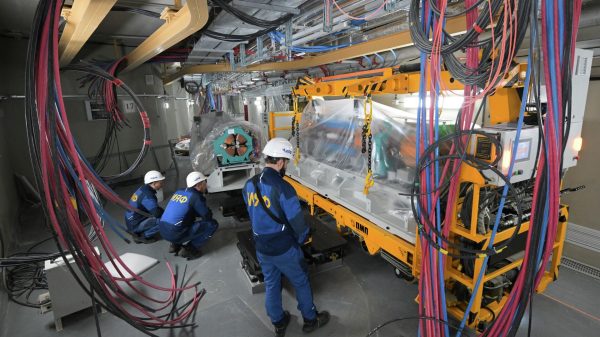
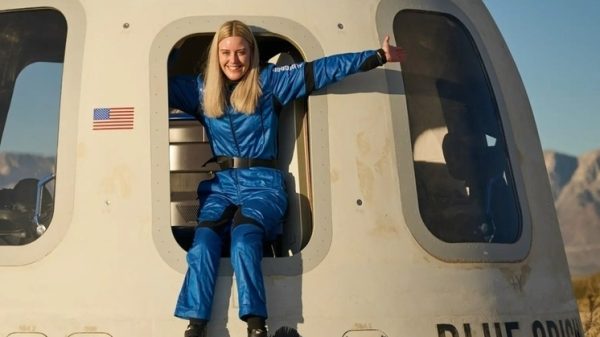































Свежие комментарии